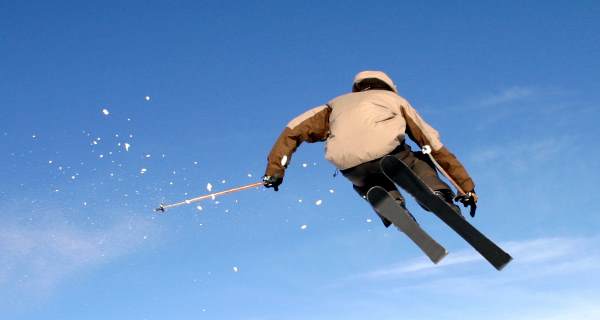
Given that our temperatures mostly range between mild to scorching, it’s highly likely that you will not have had much experience driving in snow. Usually you would try to avoid driving in the snow if your journey isn’t necessary. However, if you are on your way to a skiing holiday in somewhere like Thredbo or Charlotte Pass there are some guidelines and some regulations that you must follow
- It is compulsory to carry properly fitting snow chains for all two-wheel drive vehicles from the June to October long weekends on the Kosciuszko Road from the park boundary at Thredbo River, the Island Bend/Guthega Road for its full length, and for the Alpine Way between Thredbo and Tom Groggin. If you don’t you can be fined. You will need to follow the directions of an officer. If you have a four-wheel drive vehicle it’s not compulsory to have snow chains, but it’s highly recommended as there are a large number of accidents involving drivers will little experience who believe that their SUVs on normal road tyres will be enough in all conditions.
- As well as snow chains it’s wise to carry an emergency kit that contains things like a blanket, traction mats, bag of sand, torch and shovel.
- If you are going to be traveling through areas that are more remote, or on a longer journey, take food and water. You may become stranded, or the journey could take a long time, or usual places you’d buy food might be closed.
- Let someone know where you are traveling to and what time you expect to arrive, particularly if you are traveling in remote areas on roads which may see very infrequent traffic
- Keep your vehicle topped up with fuel. If you do get stranded you’ll want to be able to keep your engine running to stay warm, and therefore don’t want to be running out of fuel.
- If you do get stuck or have an accident and have to leave your vehicle to get help, only leave if the conditions do not put your life in danger, you can see how to get help within a couple of hundred metres (e.g. a house), and you don’t stand in a position that puts you in danger of being hit by another road user. The place at which you had an accident or stopped could also be dangerous for another driver.
- Leave extra room for stopping. It’s advisable to triple your stopping distances, therefore use 6-9 seconds gap. Ice has much lower coefficient of friction than a dry road.
- Brake in a straight line to reduce the chances of you spinning out on a corner.
- Watch for depressions in the road that might usually be filled with water that could have turned to ice. Black ice – ice which you can’t see – is particularly dangerous.
- Take car in ruts that are formed by traffic traveling through snow. To deviate from the ruts can be hard and if you need to turn to get into a driveway you may need to stop and form a channel.
- Keep a mental note where you are in case anything happens as it’s much easier for emergency services to locate you if you can give them specific directions.
- Check the weather forecast before you travel, and any news from Roads and Maritime or your state’s driving organisation to see if there are any road closures, and whether there is heavy snow or plunging temperatures forecast
- If you are stopped because the road is impassable, try turning around and going back the way you came
- If you become stuck get your emergency kit out of the boot, and ensure any food and drink is accessible. Keep your engine running to keep yourself warm. Put your hazard warning lights on. Turning on the radio for news can help. If you are traveling with a companion take it in turns sleeping so that you don’t miss rescue efforts.
- Use busy roads rather than side streets and rural roads. Busy roads will be gritted and/or ploughed.
- Try not to park on, or use, steep hills. If you do park on a hill, try to park facing downhill to give yourself an easier exit. Be careful of parking too close to other vehicles in case you get blocked in.
- When driving on steep hills, choose your speed appropriately. For uphills you may need to build up your momentum in order to carry you up the slope; for downhills you will need to brake before you get to the downhill part, and then use low gears to help control your speed. In an automatic car this means manually changing down.
- Make sure that if you are parking on a road that your vehicle is visible to other road users. Even though you may be parking legally, certain situations could be dangerous for other road users so use your judgement.
- Before you start driving, clear snow from your vehicle, particularly from your radiator grille, bonnet and roof
- Before you start driving, make sure all windows are defrosted and demisted. You can use the vehicles demister to help clear the windows, but using a scraper and cold water will be quicker. Don’t pour hot water on your windows as the sudden change in temperature could cause them to crack.
- If you know that a frost is coming, put cardboard or newspapers on your windows the night before if you can’t store your vehicle in a garage.
- Check that there’s anti-freeze in your engine’s water supply.
